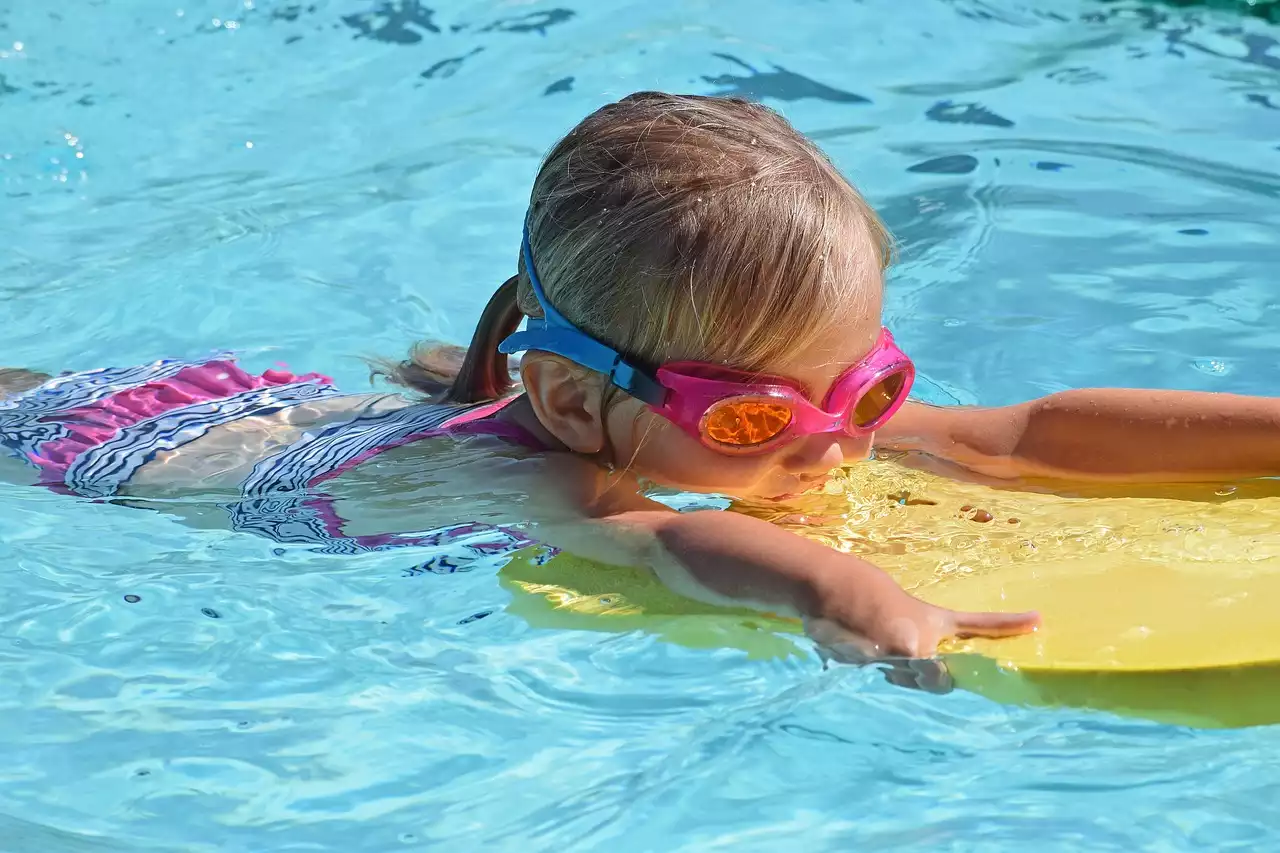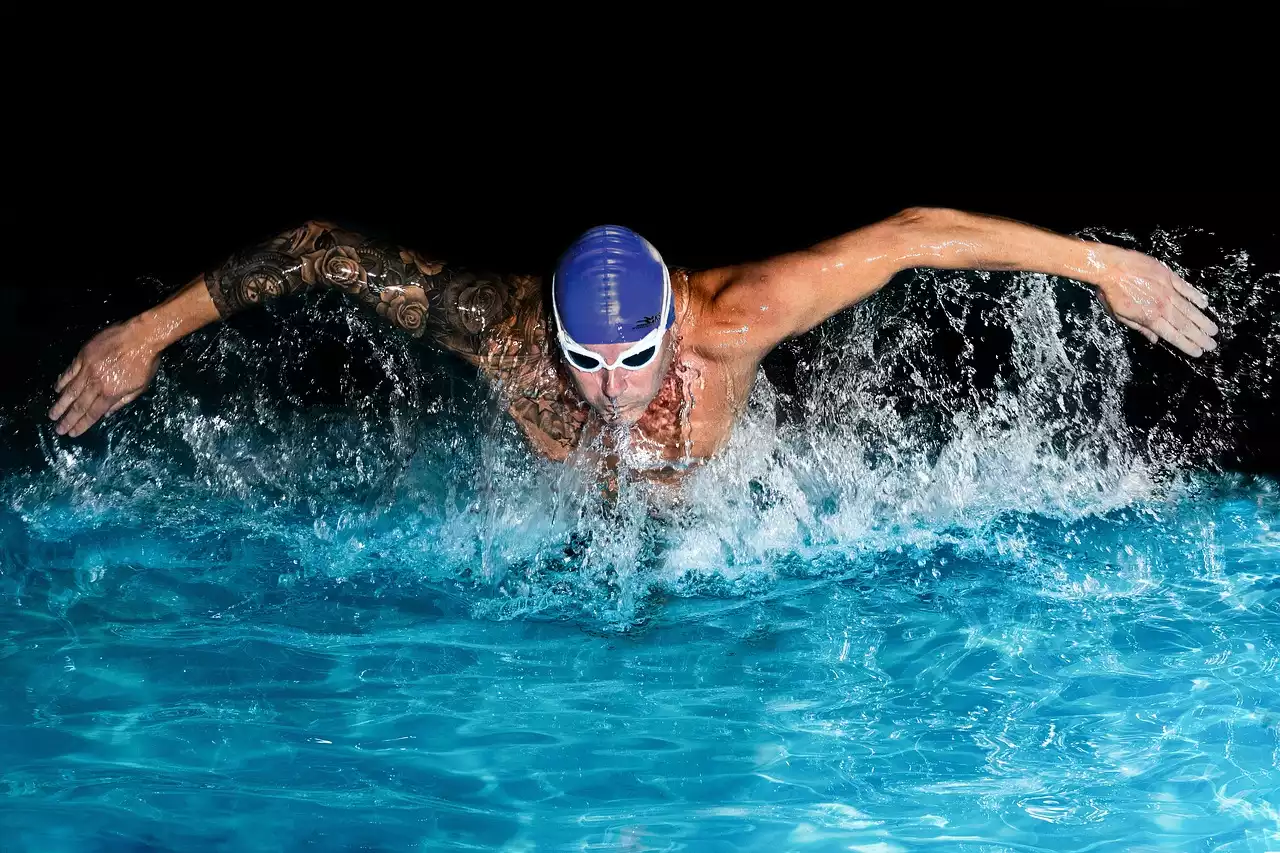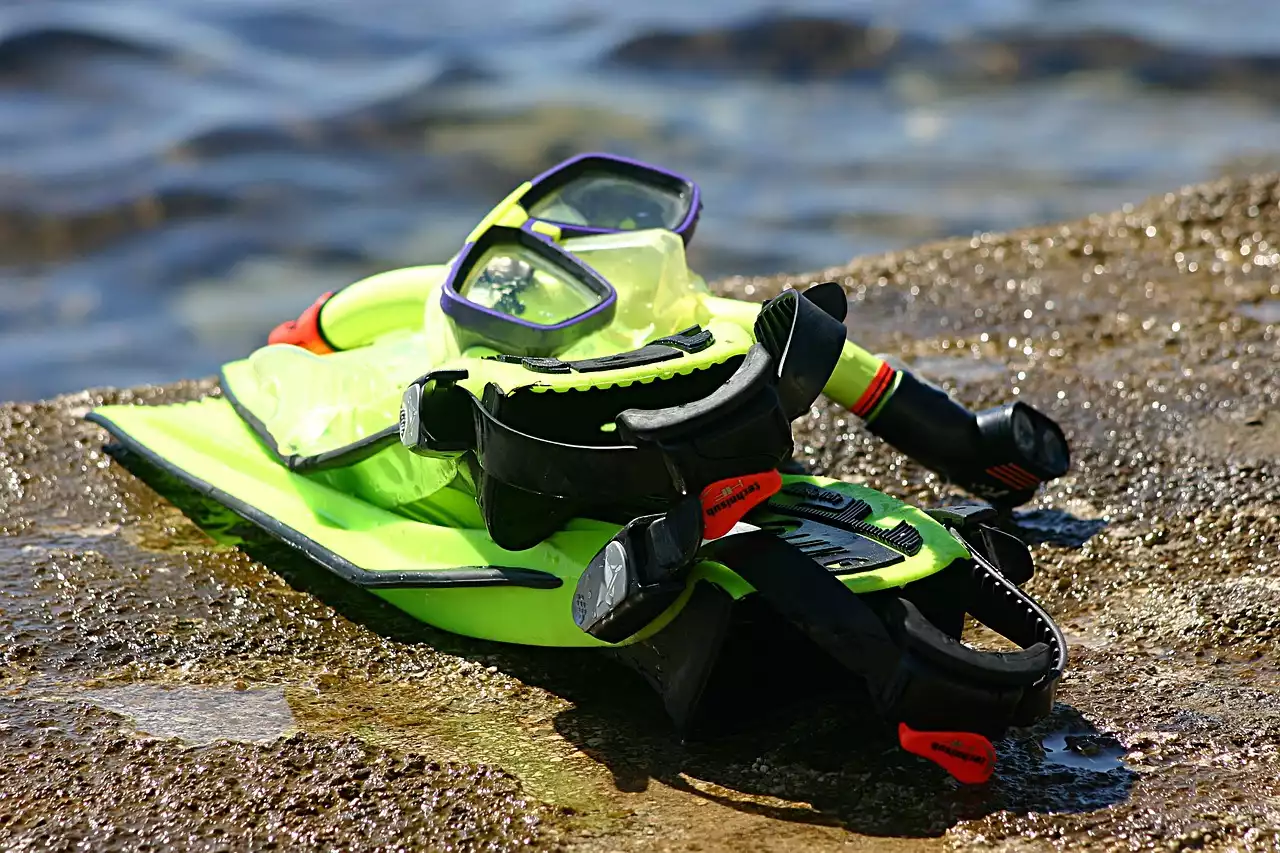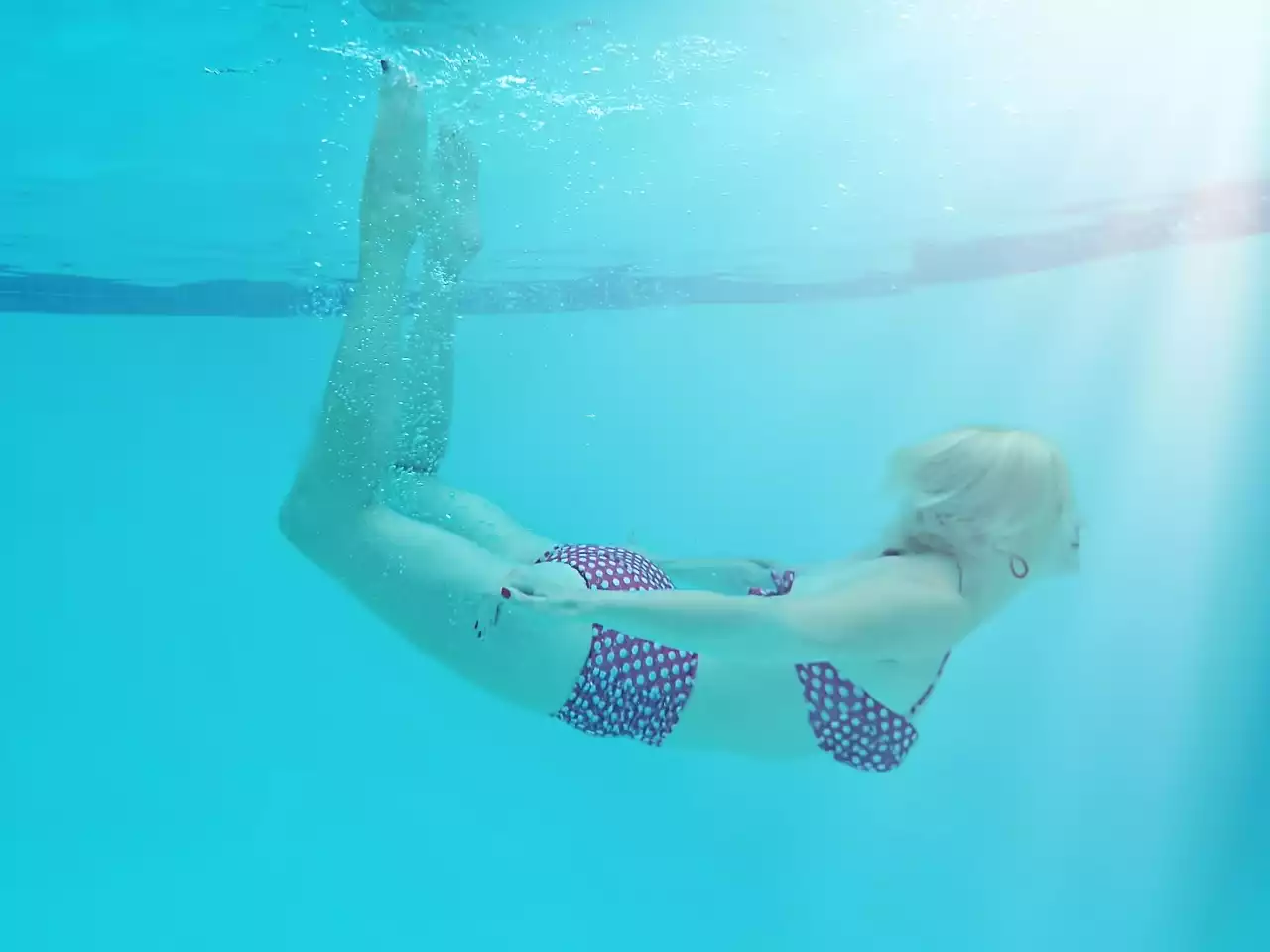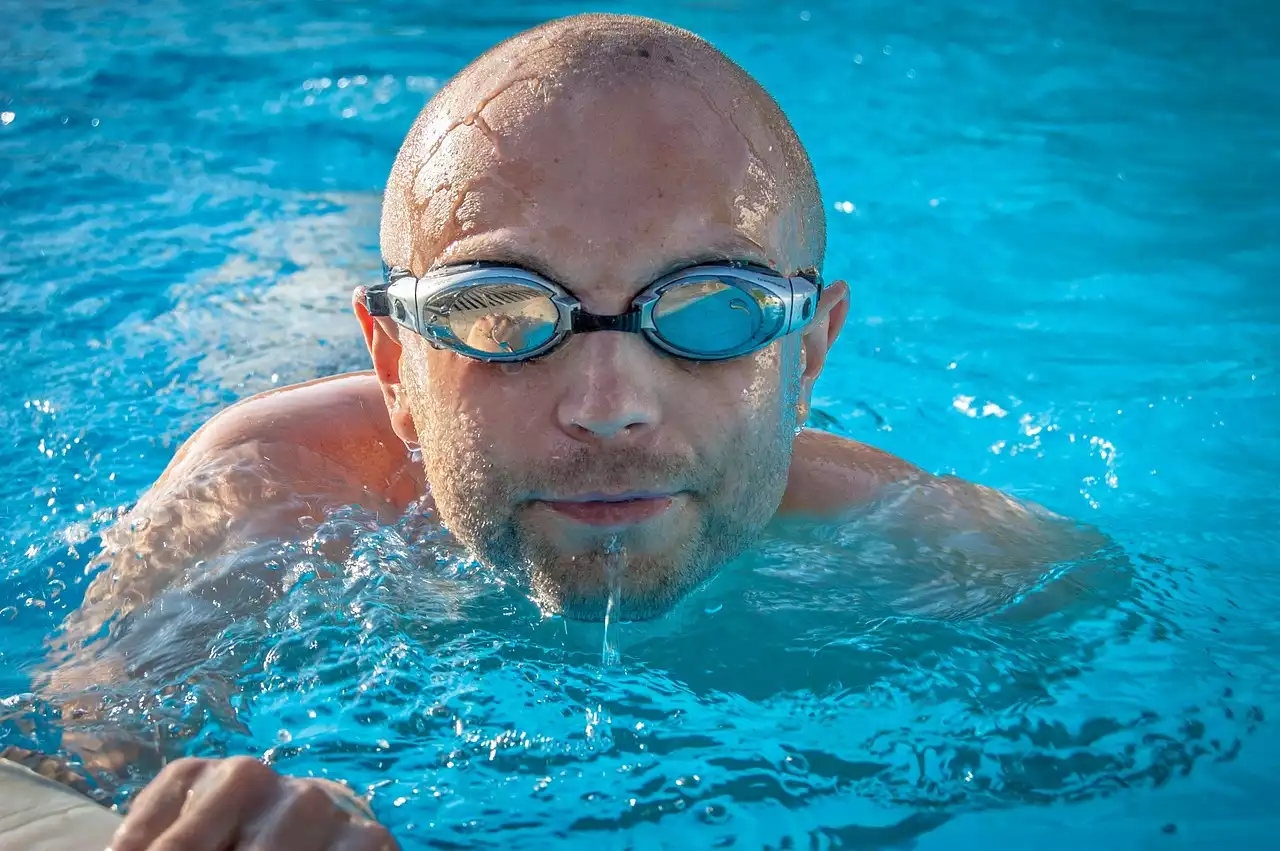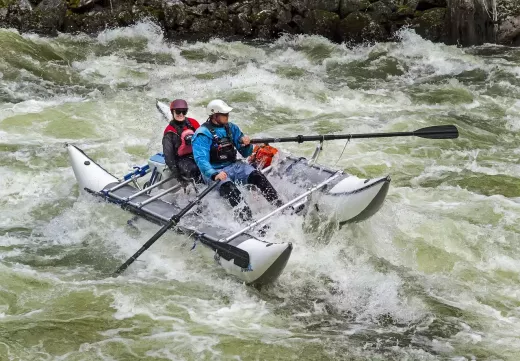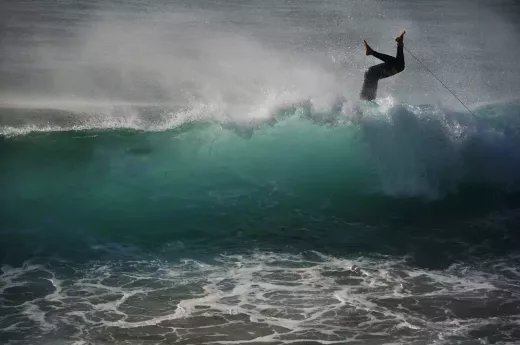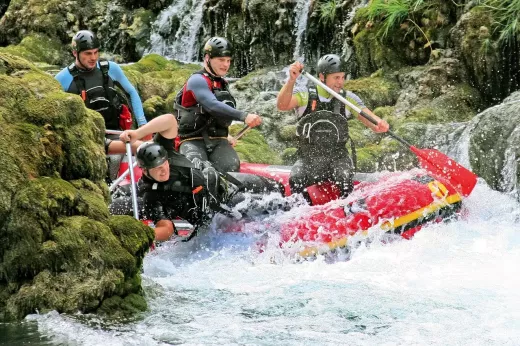What is the ect breathing technique for swimming?
When it comes to swimming, proper breathing technique is key to a successful swim. The right breathing technique will allow you to conserve energy and swim with greater efficiency. The most common breathing technique for swimmers is to take a breath every three strokes. This technique is known as the three-stroke breathing pattern and is the most recommended for beginners. As you become more experienced, you can experiment with different breathing patterns to find the one that works best for you.
When breathing while swimming, it’s important to keep your head in a neutral position. This means that you should not tilt your head too far up or down while breathing. Keeping your head in a neutral position will help you maintain a good body position in the water and make your swim more efficient. You should also try to take shallow, regular breaths rather than deep breaths. Deep breaths can cause you to sink in the water and make your swim more difficult.
Benefits of correct breathing technique for swimming
Correct breathing technique for swimming can have multiple benefits. For one, it can help you conserve energy by ensuring that you don’t waste energy by holding your breath for too long or taking too many deep breaths. It can also help you maintain a good body position in the water, making your swim more efficient and effective. Finally, it can help you stay relaxed in the water, allowing you to enjoy your swim and get the most out of it.
Tips for beginners on how to breathe while swimming
If you’re a beginner, there are a few tips you can follow to make sure that you’re breathing correctly while swimming. First, make sure that you’re taking regular, shallow breaths rather than deep breaths. This will help you stay in a good body position and conserve energy. Second, try to take a breath every three strokes to keep yourself in a rhythm and make your swim more efficient. Third, keep your head in a neutral position while breathing and try to breathe on both sides. This will keep you from turning your head too far up or down and will help you maintain a good body position. Finally, stay relaxed while swimming, and don’t hold your breath for too long.
Swimming breathing exercises to practice
To help you practice your breathing technique, there are a few breathing exercises that you can do. One exercise is to take three strokes and then take a breath. After you take a breath, take three more strokes and then take another breath. This exercise will help you get into a rhythm with your breathing and will help you understand the timing of breathing while swimming. Another exercise is to take a breath every two strokes. This exercise is more advanced and will help you understand how to adjust your breathing technique to different swimming styles.
Advanced breathing techniques for swimmers
Once you’ve mastered the basics of breathing while swimming, you can start experimenting with different advanced breathing techniques. One technique is the bilateral breathing technique, which involves taking a breath on both sides. This technique is great for swimmers who want to improve their body position in the water and keep their head in a neutral position. Another advanced breathing technique is to take a breath every four strokes. This technique is more challenging and is best for experienced swimmers who want to increase their speed and efficiency in the water.
The importance of warming up and cooling down when swimming
It’s important to take the time to warm up and cool down before and after swimming. Doing a few simple stretches before swimming will help you get your body ready for the swim and will help you avoid injuries. After your swim, it’s important to take the time to cool down and stretch again. This will help your body recover from the swim and will help you avoid any muscle soreness the next day.
How to control your breathing to conserve energy
One of the main benefits of a correct breathing technique is that it can help you conserve energy while swimming. To do this, it’s important to control your breathing and take shallow, regular breaths. Taking shallow breaths will help you stay in a good body position in the water and will help you conserve energy. Taking regular breaths will also help you stay in a rhythm and make your swim more efficient.
How to use breathing to control your speed
Another way to use your breathing to your advantage is to control your speed. If you take a breath every two strokes, it will help you swim faster. On the other hand, if you take a breath every four strokes, it will help you swim slower. This can help you adjust your speed to different swimming styles and can help you swim more efficiently.
Common mistakes people make while breathing while swimming
One of the most common mistakes people make while breathing while swimming is holding their breath for too long. This can be dangerous and can make your swim feel much more exhausting. It’s important to take regular, shallow breaths and not hold your breath for too long. Another mistake people make is tilting their heads up or down while breathing. This can make your swim more difficult and can cause you to sink in the water. It’s important to keep your head in a neutral position while breathing.
